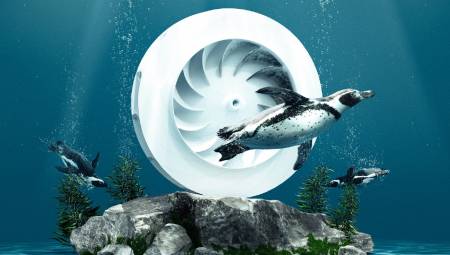However, there is one area that is not paid much attention: heating. It may be with just cause, because in Latin America, since it is a region that is in the middle of the tropics, it is not very common to use these systems, with the exception of certain areas, such as Patagonia, where in the winter season very low temperatures are presented. However, I believe that in some regions of Latin America the installation of this type of solutions could also be considered, such would be the case of Bogotá, a city located 2600 meters above sea level and where temperatures at night are especially low.
But this raises a new concern. How much do these products consume energetically speaking? In the United States, a real controversy was set up about it a few weeks ago, which originated in the cold wave that was experienced in states such as Florida, Alabama and Texas, among others and that was cataloged by many as the coldest time in recent history. For those who were not used to such temperatures, the heating was a real relief, but the remedy turned out worse than the disease when the energy bills arrived.
It is important to clarify that the problem that occurred in that country is due to the fact that heating is basically obtained from electric strip heaters and in this type of device the energy generation is similar to that of air conditioning systems in summer, although energetically the former are much less efficient. Already the situation, in the face of high electricity costs, is motivating the return of heat pumps as an alternative.
One thing is clear that perhaps in Latin America the situation will not occur as it is occurring in the United States, but it certainly gives a clear sign of a trend that will end up being seen in the region in a few years. Therefore, it is better to anticipate and look at which solutions are the most efficient in terms of electricity consumption.













